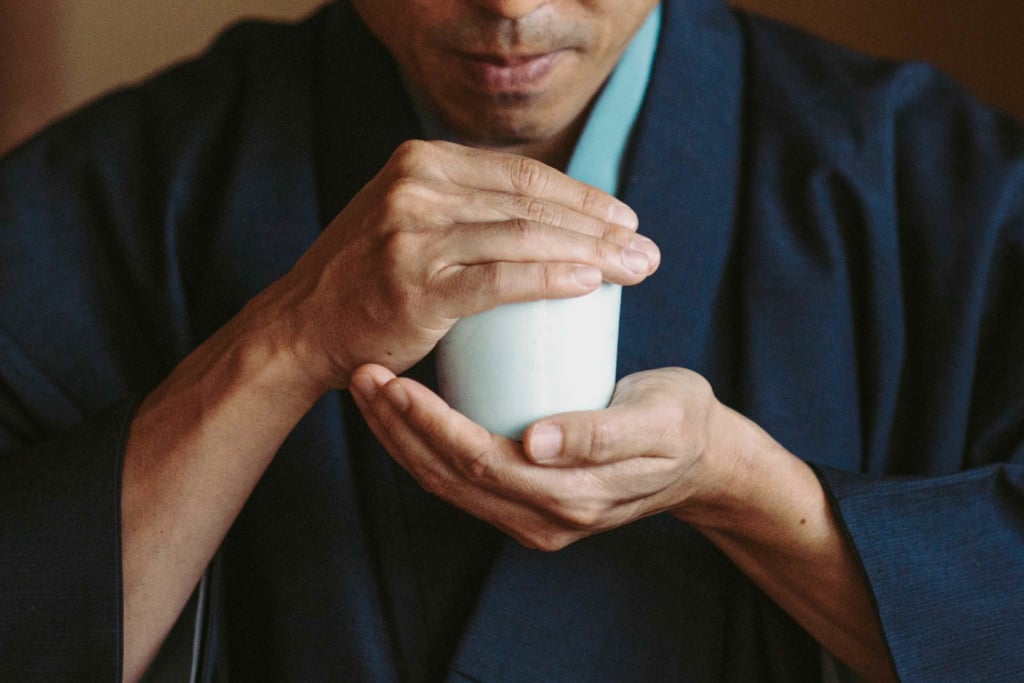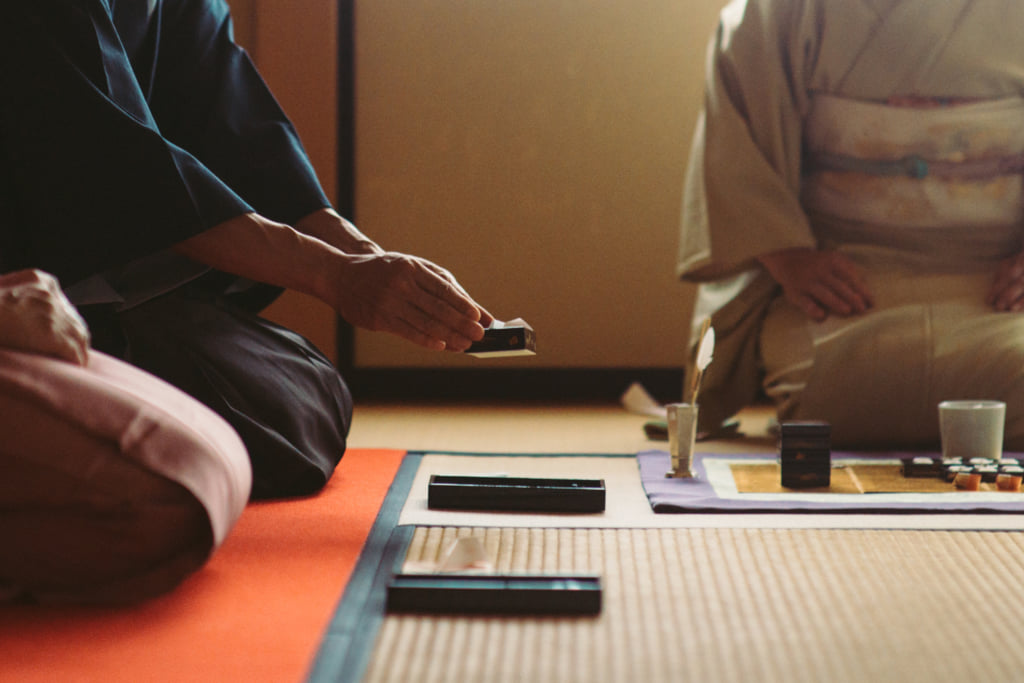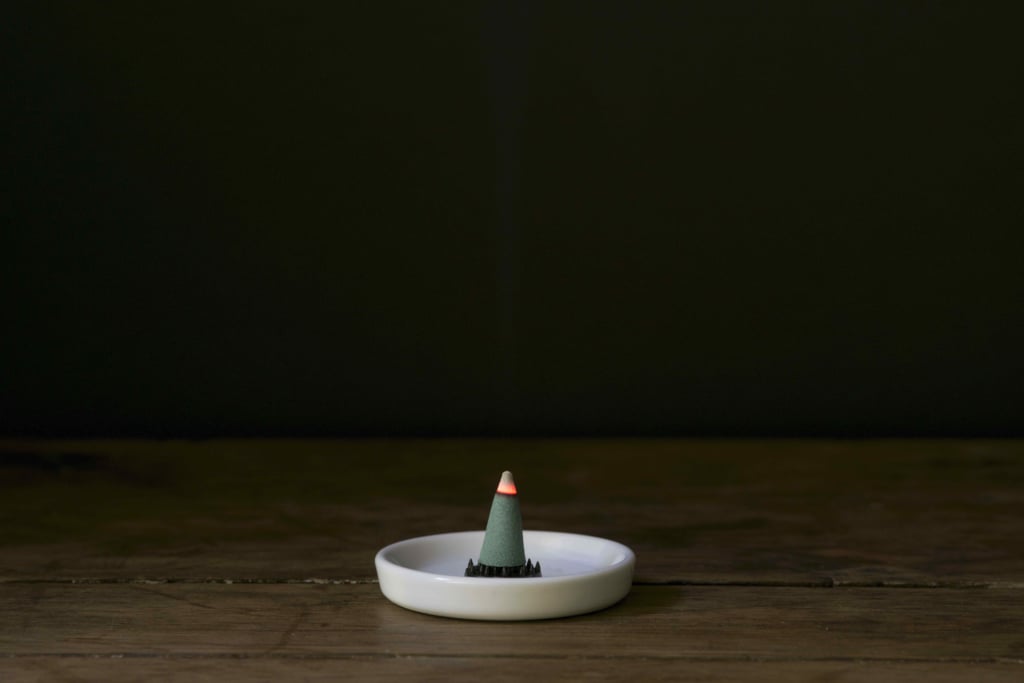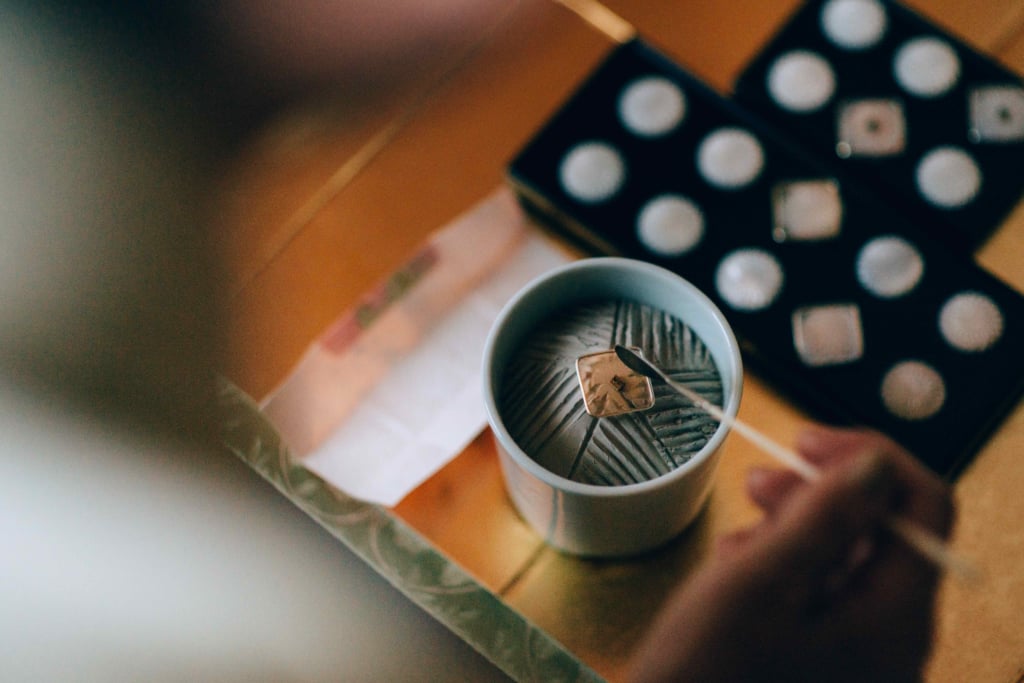‘Kodo’, the Art of Listening to Fragrances
Various games have been developed around this ancestral practice that involves appreciating the scents of precious aromatic wood.

© Nippon Kodo
Kodo, which literally means ‘the way of fragrance’, completes the trinity of Japanese arts of refinement alongside ikebana, floral arrangement, and sado, the tea ceremony. This complex artistic practice respects strict, meticulous rules of etiquette. Words, gestures and behaviour all play a significant role in the celebration. The objective is to train one’s mind to focus solely on fragrance.
This ancient ritual originates from a legend that dates back to the early 6th century. In Hyogo prefecture, precious aloewood or agarwood appeared on a beach on Awaji Island. After having burnt it, the inhabitants took it to their local lord as an offering. However, incense was anchored in Japanese culture thanks to Buddhist monks. Initially used as a religious accessory, Japanese aristocrats turned this scented gum resin into a source of olfactory entertainment during the Muromachi era (1336-1573).
A codified but entertaining ceremony
Purification of the mind and body, awakening the senses and the soul, a means of healing sadness and solitude… Through the kodo ceremony, it is possible to receive the ten benefits of this art. The ritual takes place in a room that can hold six to fifteen people, with the participants kneeling on the tatami to form a square.
The komoto, who prepares the incense, fills a cup with rice ash, known as kiki-gouro, and places a piece of burnt bamboo charcoal in the centre. Then, traditional lines that represent the five elements of thought —water, earth, fire, wood and metal— are created. To release the fragrances of the precious wood, they place a small mica (a mineral in sheets) plate in the centre of the charcoal. Once the aromas are released, the guests can take turns to ‘listen to’ the delicate scent (this expression is preferred over that for ‘smell’ in Japanese). At the same time, the master prepares a second bowl to compare the scents.
To familiarise participants with the different fragrances during the ceremony, there are almost three hundred games, or kumiko, that associate different types of scented wood with seasons, poems or voyages.
Nowadays, the art of incense is confidential. This exercise is conducted by only two founding institutions, the Shino-ryu school and the Oie-ryu school. It takes a minimum of 30 years of training to master the art of kodo.
More information can be found on the website for Japanese incense and perfume brand Nippon Kodo.

© Nippon Kodo

© Nippon Kodo

© Nippon Kodo

© Nippon Kodo
TRENDING
-
The Tradition of the Black Eggs of Mount Hakone
In the volcanic valley of Owakudani, curious looking black eggs with beneficial properties are cooked in the sulphurous waters.

-
Gashadokuro, the Legend of the Starving Skeleton
This mythical creature, with a thirst for blood and revenge, has been a fearsome presence in Japanese popular culture for centuries.

-
The Tattoos that Marked the Criminals of the Edo Period
Traditional tattoos were strong signifiers; murderers had head tattoos, while theft might result in an arm tattoo.

-
A Rare Japanese Garden Hidden Within Honen-in Temple in Kyoto
Visible only twice a year, ‘Empty River’, designed by landscape architect Marc Peter Keane, evokes the carbon cycle.

-
‘YUGEN’ at Art Fair Tokyo: Illumination through Obscurity
In this exhibition curated by Tara Londi, eight international artists gave their rendition of the fundamental Japanese aesthetic concept.





